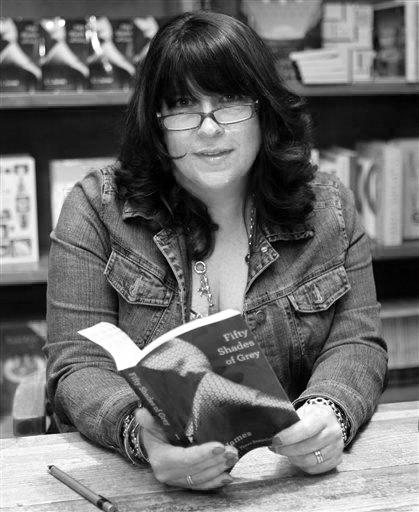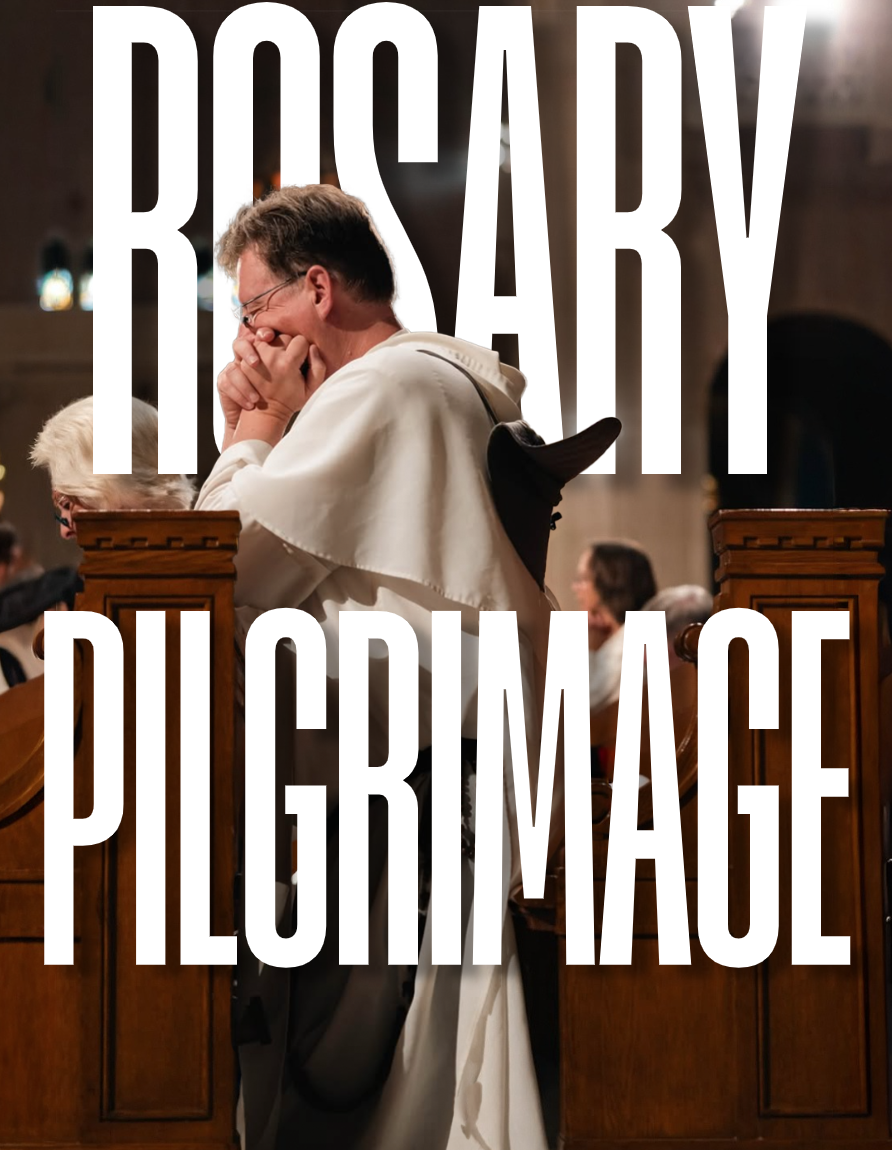
By Margarita Artoglou
Fifty Shades of Grey is the movie of the moment that everyone is talking about. The film is set to come out on Feb. 13, although it is being marketed as a Valentine’s Day film.
Unfortunately, there is a lot to this so-called love story that is not romantic at all. The book on which the movie is based, which was a best-seller, has been praised for helping women to own their sexuality. At the same time, the series has come under fire for romanticizing and normalizing domestic abuse. So which is it? Is Fifty Shades a love story or a dangerous misconception of love?
According to a study published in the Journal of Women’s Health, 25 percent of survey participants who admitted to reading Fifty Shades of Grey were found more likely to have engaged in an abusive relationship. Experts believe that the behavior displayed in the book influenced the acceptance of real-life abuse. Professor Amy Bonomi of Michigan State University notes that the main character and narrator of the saga, Anastasia, “begins to manage her behavior to keep peace in the relationship, which is something we see in abused women. Over time, she loses her identity [and] becomes disempowered and entrapped.”
These findings are troubling. Fifty Shades of Grey is being marketed as the biggest romance of the year, but manipulation can be seen throughout. Anastasia often does not initially consent to the advances made by Christian Grey, her love interest. Though she clearly says “no,” Christian presses on, until Anastasia comes to the conclusion that she really did want it after all.
Everything about this kind of exchange is toxic. It feeds the “she just needs to be convinced” mentality and detracts from the “no means no” message that sexual educators have been trying to instill. It validates the behaviors of rapists who carry on with unwanted advances even after getting a clear “no” and blurs the lines of what domestic abuse looks like.
When some scenes of dialogue from the books are isolated, it seems impossible that Christian is being hailed as the romantic lead of the century. Protesters of the film have been using Twitter to post snippets of conversations and quotes from Christian that exemplify the way a rapist or abuser might speak to a victim. He yells at Anastasia, calls her names, hurts her feelings, buys her things in lieu of an apology and insists she take his name when they marry despite her wishes to keep her own name. When she gets a new job, Christian buys the company to ensure he can always keep an eye on her. These are classic signs of abuse.
Fifty Shades of Grey had the potential to be a sex-positive book, but when evaluating the story as a whole, not just the sex scenes, it becomes clear that the relationship the story centers on is filled with abuse. It glamorizes unhealthy relationship practices by completely disregarding the idea that people in a relationship should solve their problems by communicating. Instead, Anastasia takes the blame for all their issues and takes it upon herself to fix them. “While Christian and Anastasia’s relationship is being cast as sexually liberating for women,” Bonomi says, “in fact, it is entrapping them further through the abuse standards being perpetuated in the book.”
Social media campaigns have been inspired, including #50dollarsnot50shades, which urges potential movie-goers to donate money to a women’s shelter rather than spend it on seeing the film in theaters. Despite the efforts of boycotting campaigns, however, people are going to see Fifty Shades of Grey, and millions of people have already read the books. Fans of the books and film should be cautious not to confuse romanticized violence with actual romance.
Margarita Artoglou, FCRH ’18, is a Communication and Media Studies major from Queens, NY.









































































































































































































